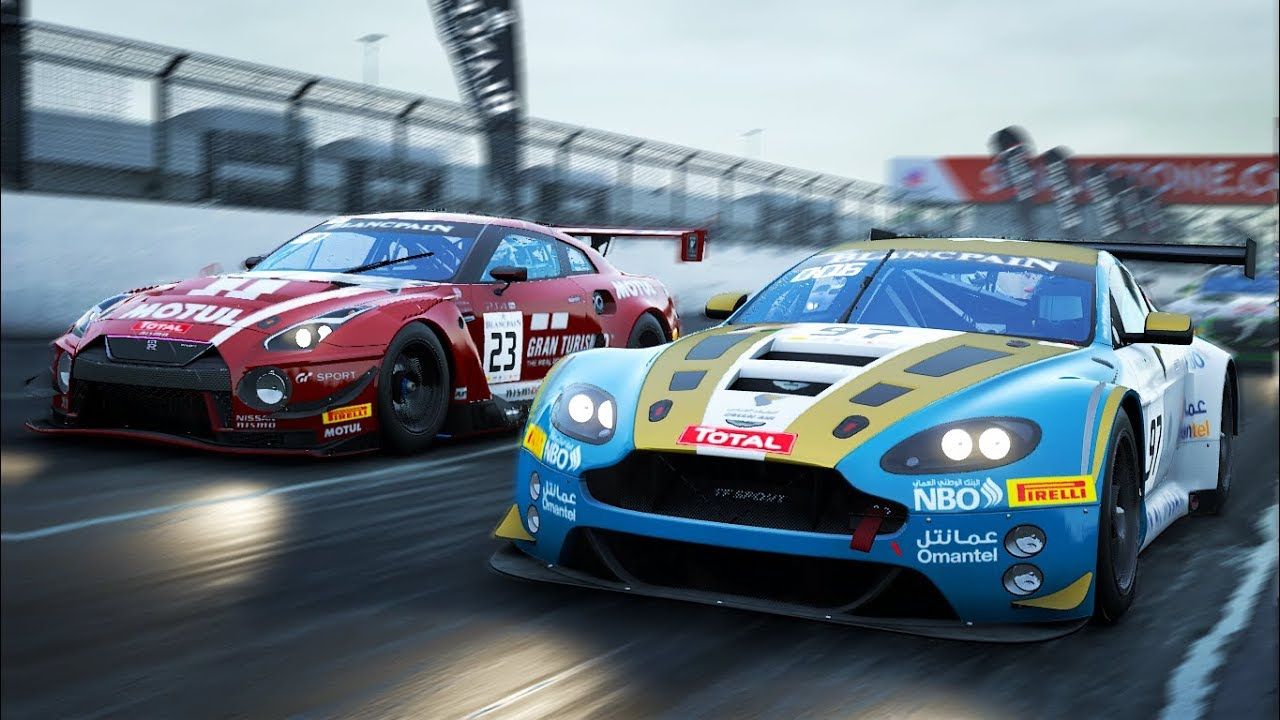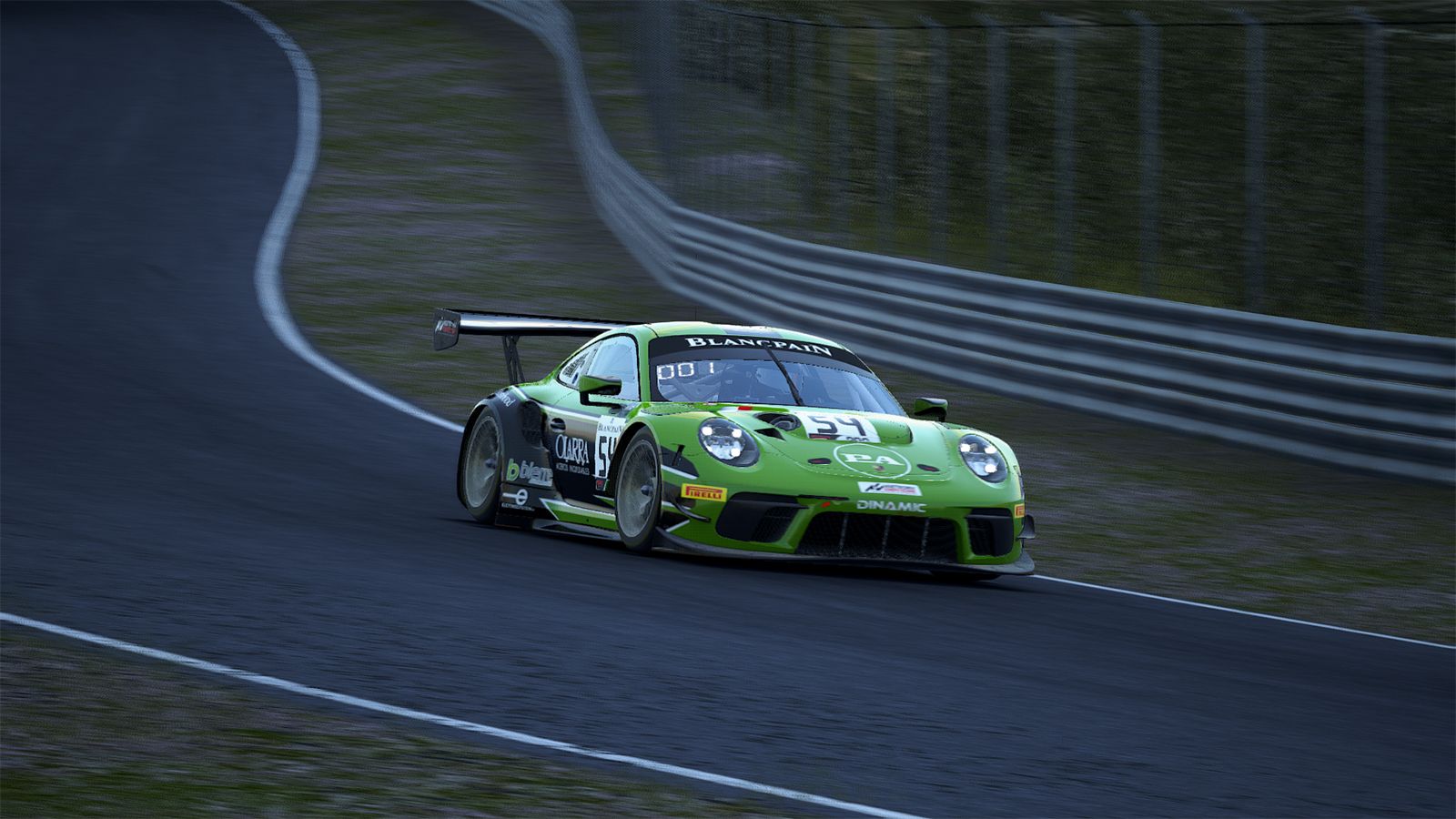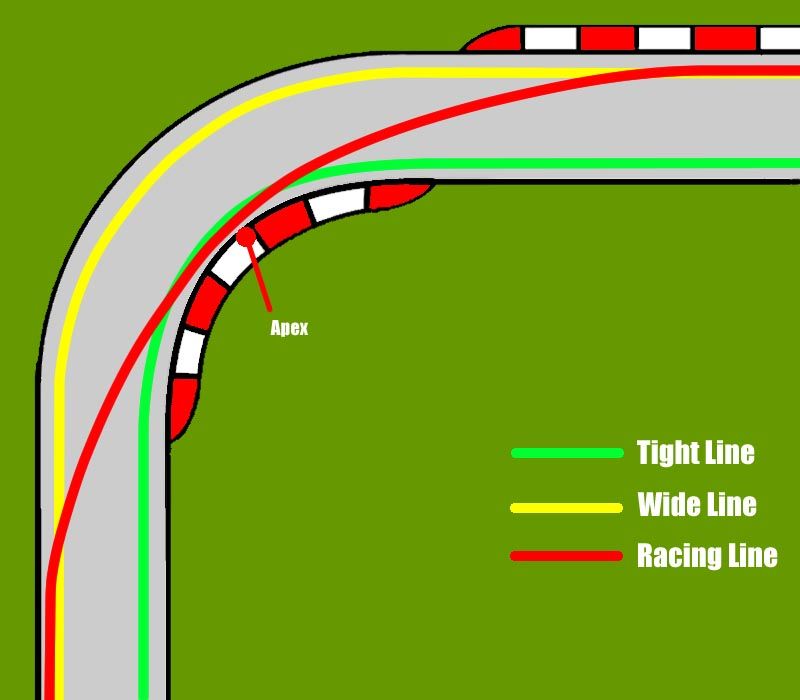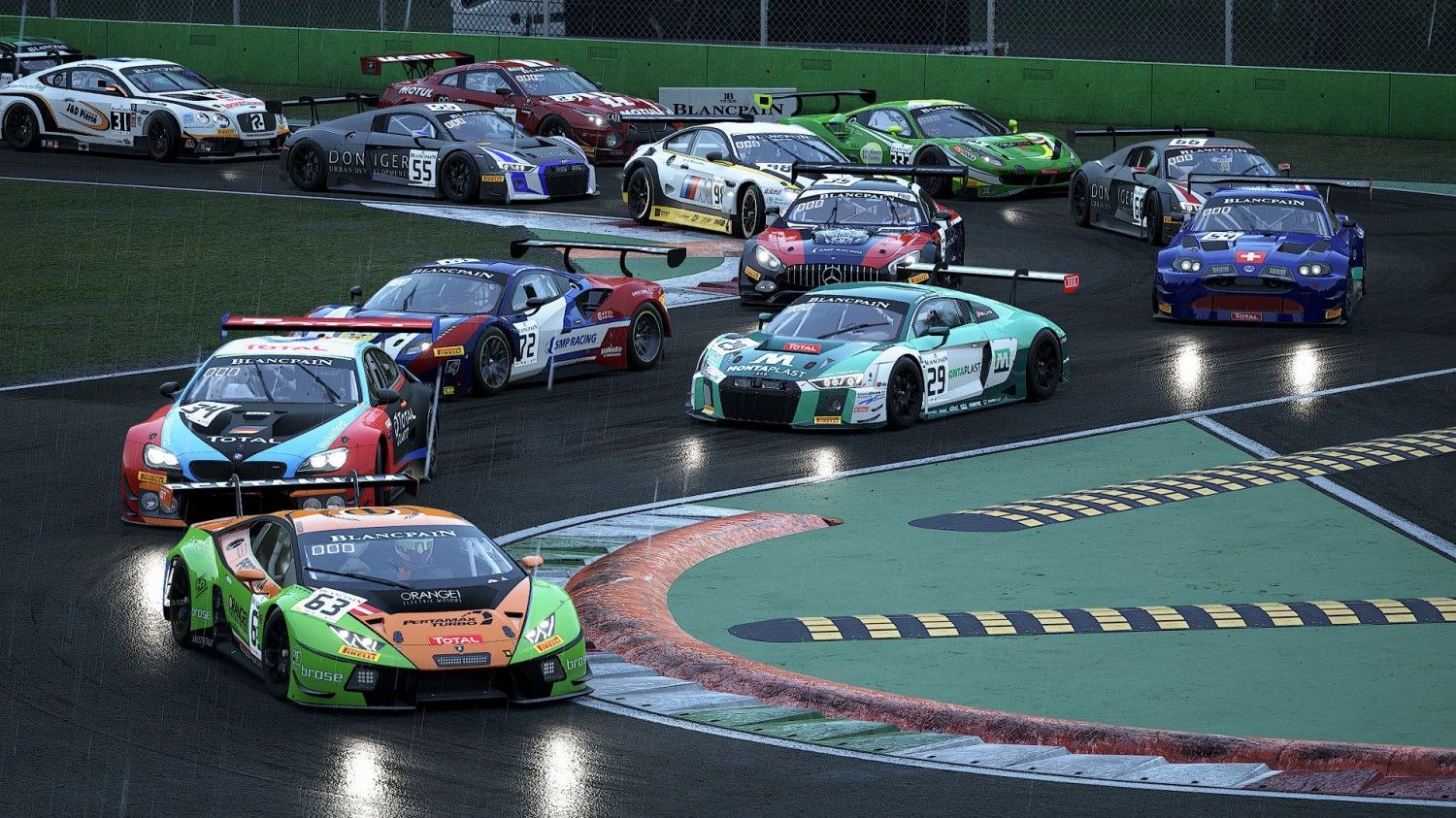Sim Racing: A Realistic and Engaging Approach to Racing Games
by Anuj Berry, Form VI
6 min. read — November 10, 2021

When the average gamer is asked to name a few racing titles, they usually gravitate towards a few mainstream ones that have been heavily advertised over the years. Included are games like Mario Kart, Forza, Need for Speed, and Burnout Paradise. While I am in no way trying to bash the “arcade” market of racing games (in fact my passion for racing and cars started with these), I have found a new love within the racing genre that has in fact elevated my passion to another level. This could be called a “subgenre” of racing games known to few as “Sim Racing” in which the basic idea of driving a race car is amplified due to the main goal of the developers being to make the cars in their sim racing titles as realistic as possible by replicating the handling of the real world counterpart.
Before we get into the specifics regarding what a sim racing title offers, we must start with one important disclaimer to keep in mind: There is not a perfect Sim Racing title. Though sims have advanced over the years to provide us with a more realistic and immersive product, they still happen to be quite far from the real thing, since each title has its own unique quirks within, but we won't get into those today.
So what criteria makes a game fall under the subgenre of sim racing rather than any other arcade racing game? To me, the complexity of the car's physics working in harmony with the driver’s inputs are vital when it comes to replicating the real thing as closely as possible. Take for example one of the heavy hitters in the sim racing market, Assetto Corsa Competizione (ACC). To me and other sim racers alike, this is one of the most advanced racing sims that us consumers have quite an easy access to. Each and every car in this sim feels drastically different from one another mainly due to the implementation of a heavily refined physics engine. For example, let's take a look at the Bentley Continental GT3, a rather large and weighty offering from the developers. As the car has its engine in the front, it’s very stable over bumps, allowing the driver to explore the limits of the track without worrying too much about losing control. The caveat of most front engined cars, however, is the lack of acceleration coming out of corners since there is not much weight at the rear, and that occasionally the front tires lose grip in the middle of a corner. The loss of front grip is formally known as “understeer” which can be quite annoying to deal with as the car may not feel very responsive.

On the other hand, cars with a mid or rear-engined platform require a completely different driving style from the driver in order to maximize the performance of the car. A good example to illustrate this would be the Porsche 911 GT3, which requires ultimate precision and care in order to handle comfortably. Unlike most front-engined cars in this sim, the Porsche tends to feel quite sketchy over the more punishing bumps. With the engine being in the back, however, this allows the car to have incredible front end grip, brakes, and phenomenal acceleration out of corners since the rear tires are essentially being shoved into the ground as one puts the power down. Most of the time though, its front end grip can be highly problematic if not managed properly by the driver, causing excessive rotation which can inevitably lead to a spin. This effect is the polar opposite of what we talked about previously, known to us as “oversteer” which can be extremely dangerous and quite difficult to correct if the rear tires fully lose grip. Overall, the specific characteristics of the many different cars in this sim show the complexity of each and the level of detail that the developers have put into them in order to appeal to drivers with a variety of different styles.

Switching gears from the cars themselves, lets talk about what you as the driver need to do in order to extract the most from a car and track. Firstly, one must put in a lot of practice before having confidence in the car, especially if you are new or just learning the ropes. This comes with time and patience rather than just hopping in and throwing the car about as we tend to do so in most arcade racing games. If you are an absolute beginner to racing then you must learn the basics of the racing line which can be quite complex but let's take a look at an easy 90 degree corner.

In this case, pay attention to the red line which is the optimal path through the turn since you are able to carry the maximum amount of speed into it while also exiting the turn with the best momentum (the classic outside-inside-outside). Say for example we took the green line: we would have to brake a lot harder causing us to lose momentum through the corner and also making our exit quite poor. On the other hand, if we took the yellow line we would however be able to carry more speed in the corner but just from looking at it, we can see that you have to cover more ground in order to make the turn which would inevitably slow you down over the course of a race. While most corners on certain tracks require a unique type of racing line (since turns other than plain old 90 degree ones exist also) to tackle them properly, this provides a basic idea to anyone that may be new to racing regarding how to take a turn as fast as possible. When you start sim racing, a helpful thing to keep in mind is to not jump between different cars and tracks: just stick with one car and one track for the first few hours and try to learn the ins and outs of both. At first, you may feel frustrated, but do not worry as this can soon turn into joy as you begin to feel more confident in your driving skills. The ultimate goal is for them to become second nature before you participate in your first race.
In the end, this can be quite a daunting hobby to get yourself involved with, but as with a lot of other skills, once you get over the first few humps everything begins to click and learning new skills becomes easier and easier ( I can say this from over a year of experience at this point). The most important thing however is of course to enjoy yourself while you are learning! This will in turn help you learn new skills at a faster rate allowing you to become a faster, more competent driver!
